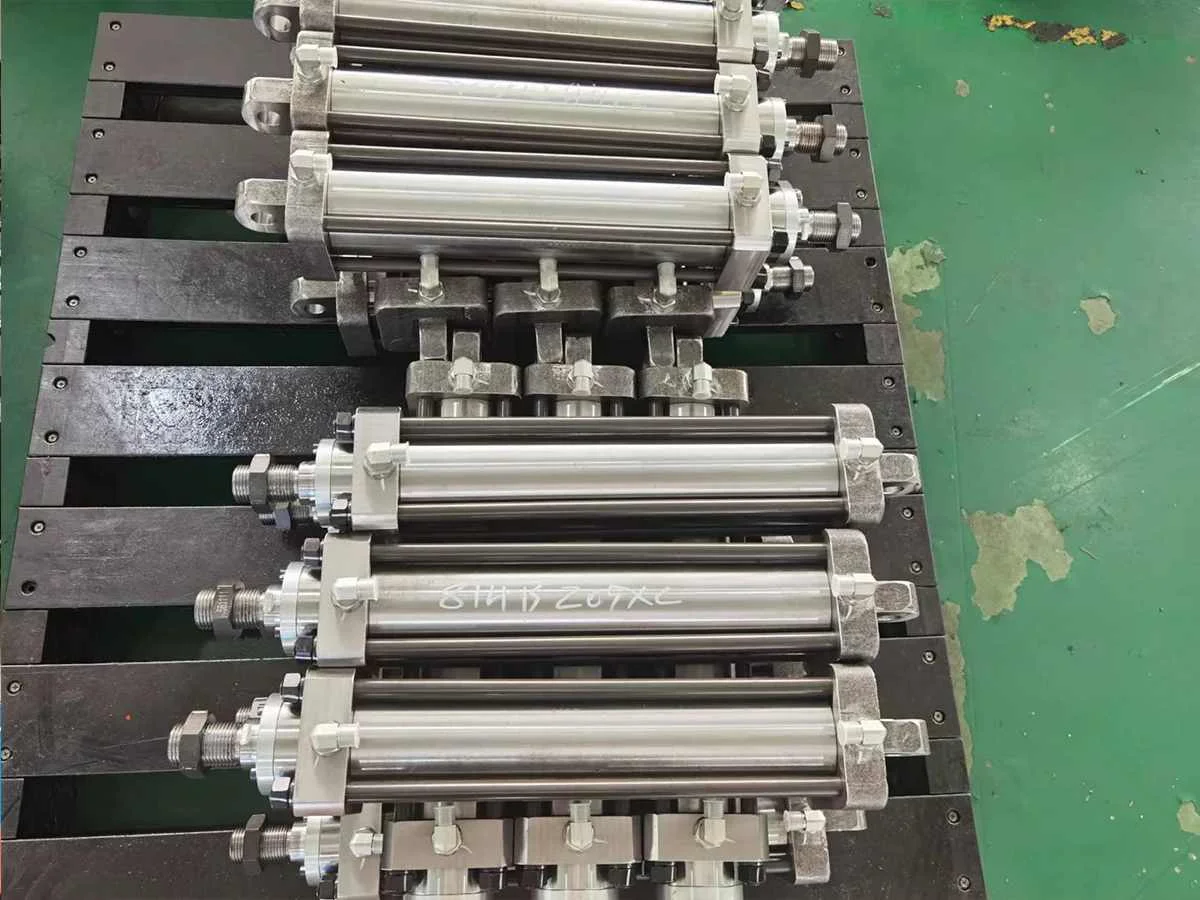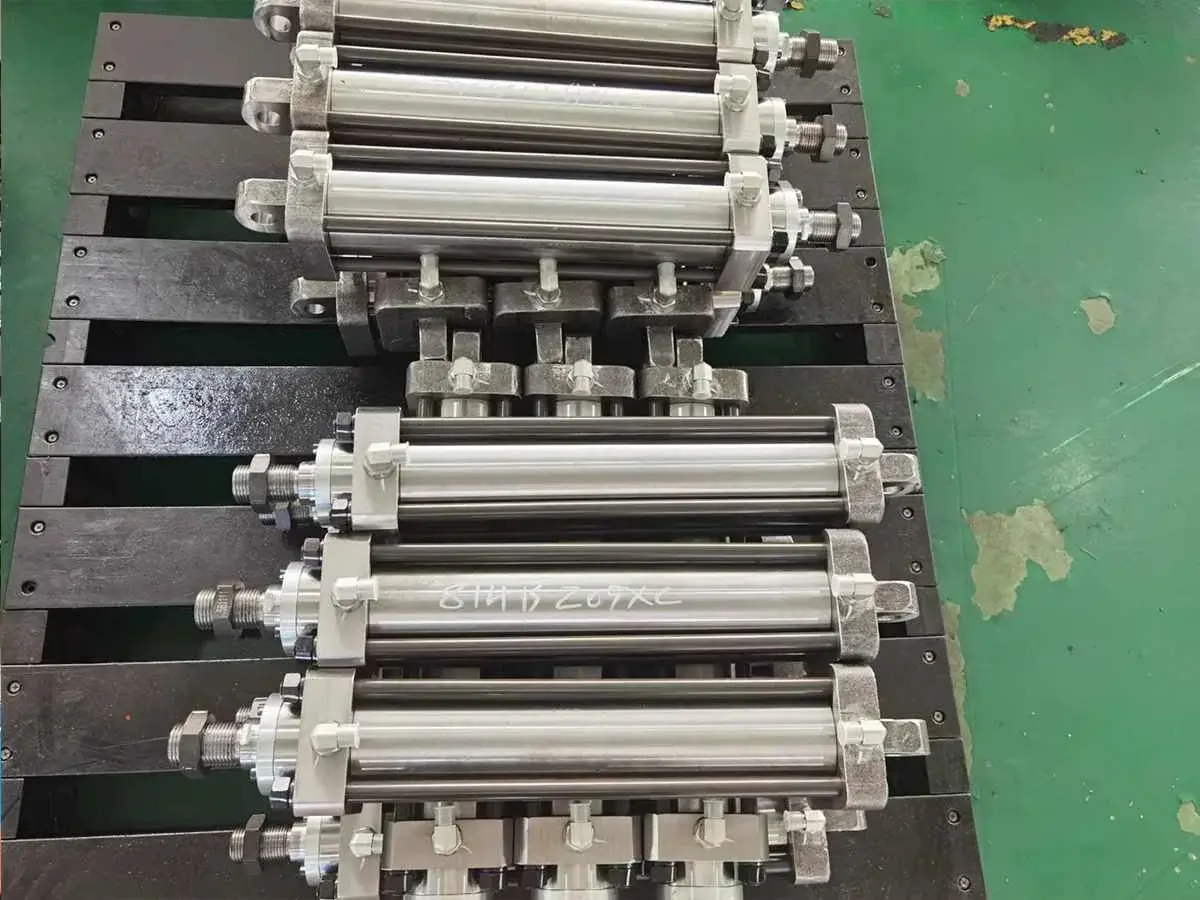The tie rod cylinder is a common hydraulic component that is widely used in industrial machinery and equipment. However, due to long-term use and the influence of environmental factors, tie rod cylinders may suffer from various failures. The paper will introduce the common causes of tie rod cylinder failures and provide corresponding troubleshooting techniques to help users better understand and deal with these problems.

1. Cause of failure:
Seal wear: The tie rod cylinder seal is a key component to maintain the normal operation of the hydraulic system. Long-term use can cause seals to wear, causing leaks and reduced performance.
Oil contamination: Impurities and contaminants in the oil can negatively affect the operation of the tie rod cylinder. These contaminants may come from the external environment or from wear particles within the system.
Abnormal hydraulic system pressure: Too high or too low hydraulic system pressure may cause tie rod cylinder failure. Too high a pressure can cause seal damage, while too low a pressure can cause the cylinder to not function properly.
Loose connecting rod: The connecting rod connection part of the tie rod cylinder may become loose, causing the cylinder to fail to operate normally.
2. Maintenance method:
Replace seals: When the tie rod cylinder seals are worn or leaking, they need to be replaced in time. First, remove the cylinder from the system and clean the surface. Then, according to the cylinder model and specifications, select the appropriate seal for replacement. When replacing seals, attention should be paid to correct installation and lubrication to ensure the recovery of the sealing effect and cylinder performance.
Clean and replace oil: Clean the oil in the hydraulic system regularly and replace it with new clean oil. Use filters to reduce the entry of contaminants and ensure oil quality. When replacing the oil, pay attention to draining the old oil in the cylinder and ensuring that the new oil is added and lubricated correctly.
Adjust hydraulic system pressure: Check the pressure of the hydraulic system regularly and make adjustments as necessary. Too high or too low pressure may cause tie rod cylinder failure. Use a pressure gauge to measure system pressure and adjust it according to equipment requirements. When adjusting pressure, care should be taken to gradually increase or decrease pressure to avoid damage to the cylinder and other system components.
Tighten the connecting rod connection part: Check the connecting rod connection part of the tie rod cylinder regularly and make sure it is tight. A loose connecting rod can cause the cylinder to not function properly. Use a wrench or wrench socket to tighten the bolts and make sure the connection is secure.
in conclusion:
Tie rod cylinder failure may be caused by a variety of reasons, including seal wear, oil contamination, abnormal pressure in the hydraulic system, and loose connecting rods. In order to solve these problems, we can take some repair methods, such as replacing seals, cleaning and replacing oil, adjusting the pressure of the hydraulic system, and tightening the connecting rod connection parts. Through correct repair and maintenance, we can extend the service life of the tie rod cylinder and ensure the normal operation of the hydraulic system.
https://www.toringcylinder.com/analysis-of-tie-rod-cylinder-failure-causes-and-maintenance-methods.html
